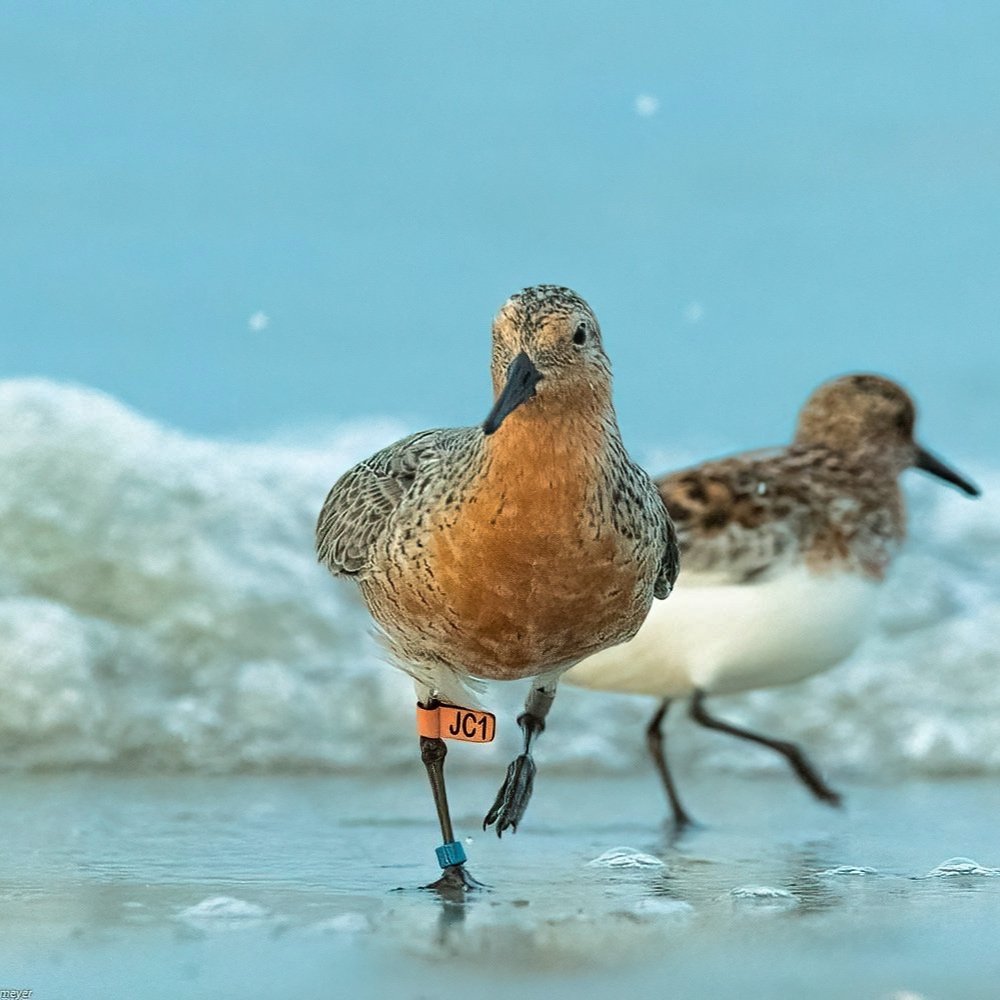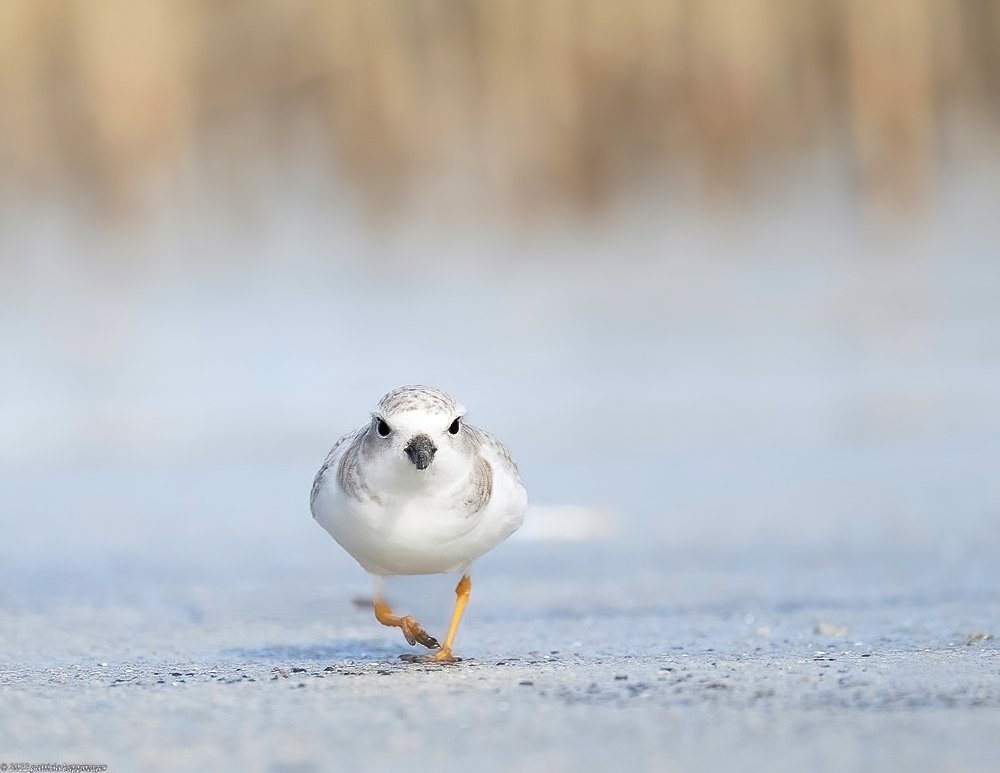Learn about birds on Hilton Head Island who are the most vulnerable and how you can make a difference!
Focal species on Hilton Head Island are the American Oystercatcher, Red Knot and Piping Plover as part of the Atlantic Flyway Shorebird Initiative Human Disturbance Project.
American Oystercatcher
American Oystercatchers are large, obvious shorebirds that inhabit barrier islands, beaches, and saltmarshes from Canada to southern Argentina. Besides consuming their namesake oysters, they also eat clams, mussels, and other marine invertebrates. Unlike most shorebirds, oystercatcher adults feed their young until they reach fledging age.
- Atlantic Flyway Shorebird Initiative




Red Knot
Red Knots occur throughout Arctic regions of the New and Old World and have differentiated into discrete populations. Red Knots nest in sparse, rocky tundra in Canada and travel the length of two continents to spend the winter on the wind-swept tidal flats of Tierra del Fuego. The now famous knot “B95”, its flag code, has made this journey at least 21 times, traveling the distance from the earth to the moon and half-way back.
- Atlantic Flyway Shorebird Initiative
Meet Red Knot JC 1. Banded in Argentina some time in 2014 or before. Resighted every year from 2014 to 2019 in New Jersey or Delaware. It was not sighted in 2020 BUT here it is on Fish Haul Beach in 2021! This is the first time this bird has been re-sighted here on HHI - showing the significance of our beaches as an important stopover for these migratory birds. Also highlights the role of all of us as citizen scientists.




Piping Plover
The Piping Plover is an obligate denizen of beaches and associated tidal flats. Because of human pressure in coastal areas, the Piping Plover was listed as Threatened under the U.S. Endangered Species Act in 1986. Despite being often characterized as “cute”, Piping Plovers are highly territorial and will vigorously defend their nests during the breeding season.
- Atlantic Flyway Shorebird Initiative




